‘Carina’ floods heritage churches, national treasures
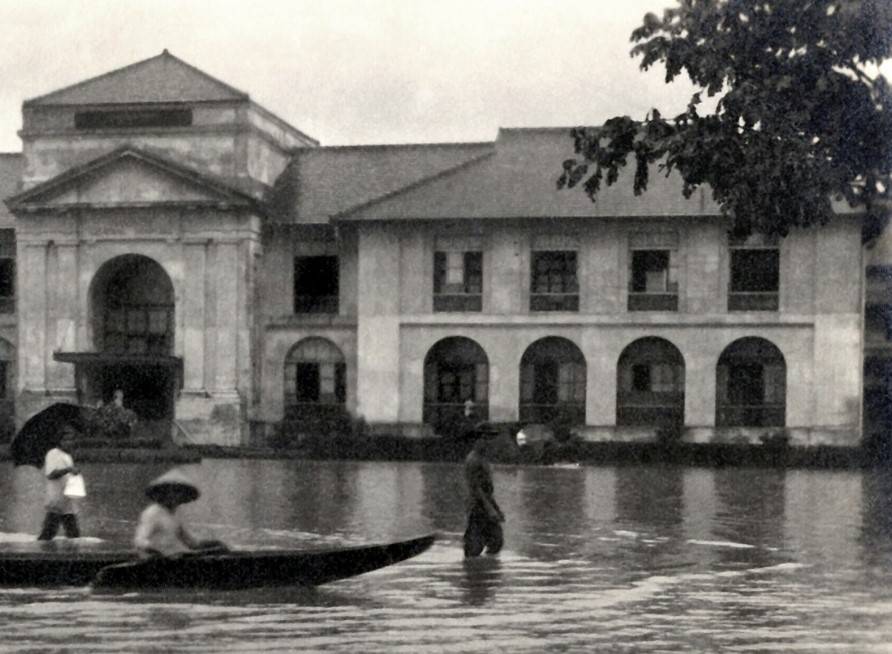
In the event of heavy rain, monsoon or tropical cyclones, severe flooding is not uncommon, affecting communities and, in some cases in the past, resulting in the translocation of town sites, specifically the poblacion.
In Batangas, for example, the province which declared a state of emergency due to Supertyphoon “Carina” (International name: Gaemi), the town center of San Juan was moved to its present site in the late 19th century due to recurring floods.
The old poblacion site is now called Pinagbayanan, which literally means the place where the town center was.
This place name, plus places called Lumang Bayan, are clues on where to find old or original town sites in the Tagalog-speaking regions in the country, as many places were so named after these moved not only due to floods, but also for other reasons such as pirate raids and volcanic eruptions. Some of the old town sites would later become independent towns themselves.
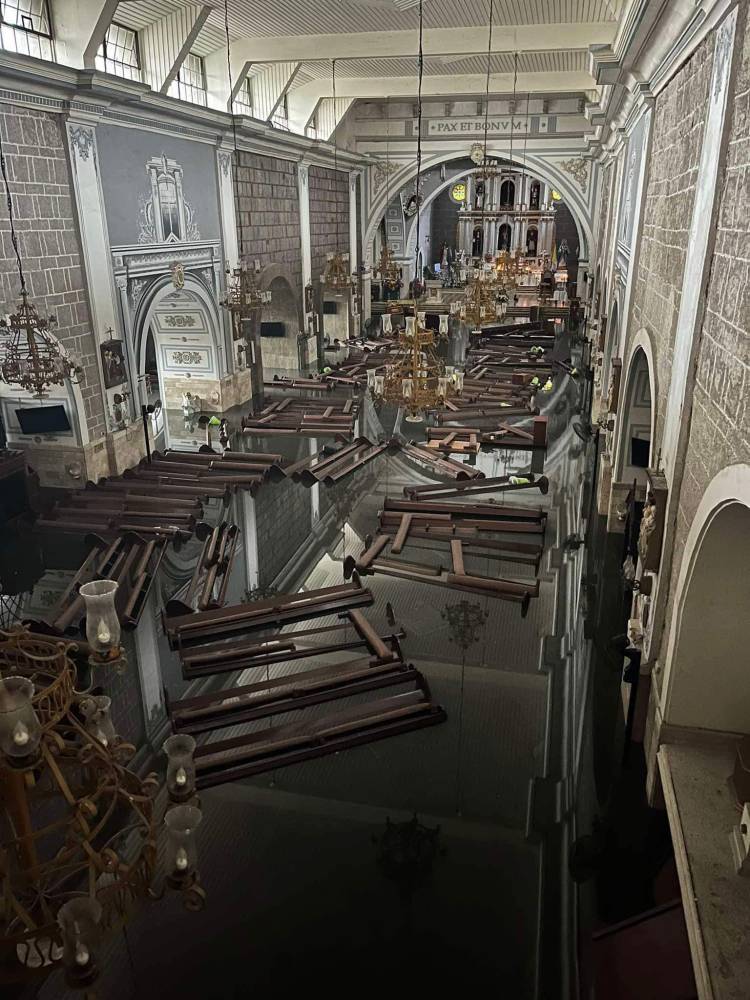
In the Ilocos Region, the Tagalog Pinagbayanan equates to daan nga ili or old town, such as in Barangay Nagrebcan, San Nicolas, Ilocos Norte, which is also referred to as such by locals.
In flood events, apart from people and their livelihood, heritage sites are also affected, with some being abandoned, like the old church of Camalaniugan in Cagayan Province; or destroyed, like the old church of Santa, Ilocos Sur, both located along major rivers.
Typhoon ‘Carina’
The recent onslaught of Carina, which enhanced the southwest monsoon, is a reminder of how massive flooding can affect many heritage sites.
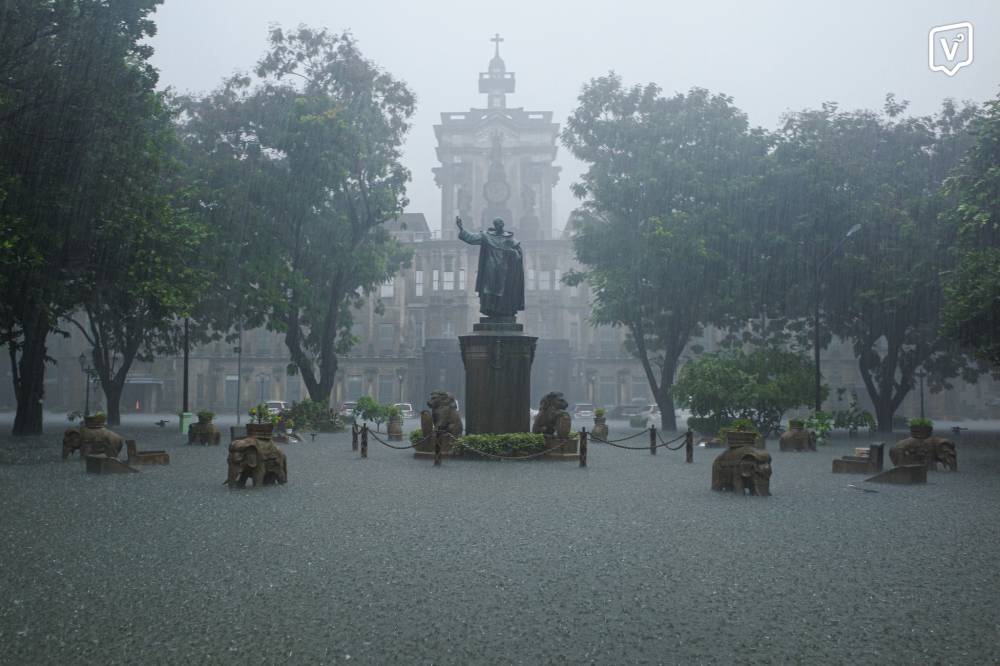
The floods, which were due to poor waste management, poor urban planning, land conversion, and, according to many senators, the reclamations in Manila Bay, impacted important heritage structures in Manila and its environs, and the provinces of Pampanga and Bulacan.
Worst hit were the churches of Meycauayan and Marilao in Bulacan, which experienced at least waist-deep flood water that put pews and other church objects underwater.
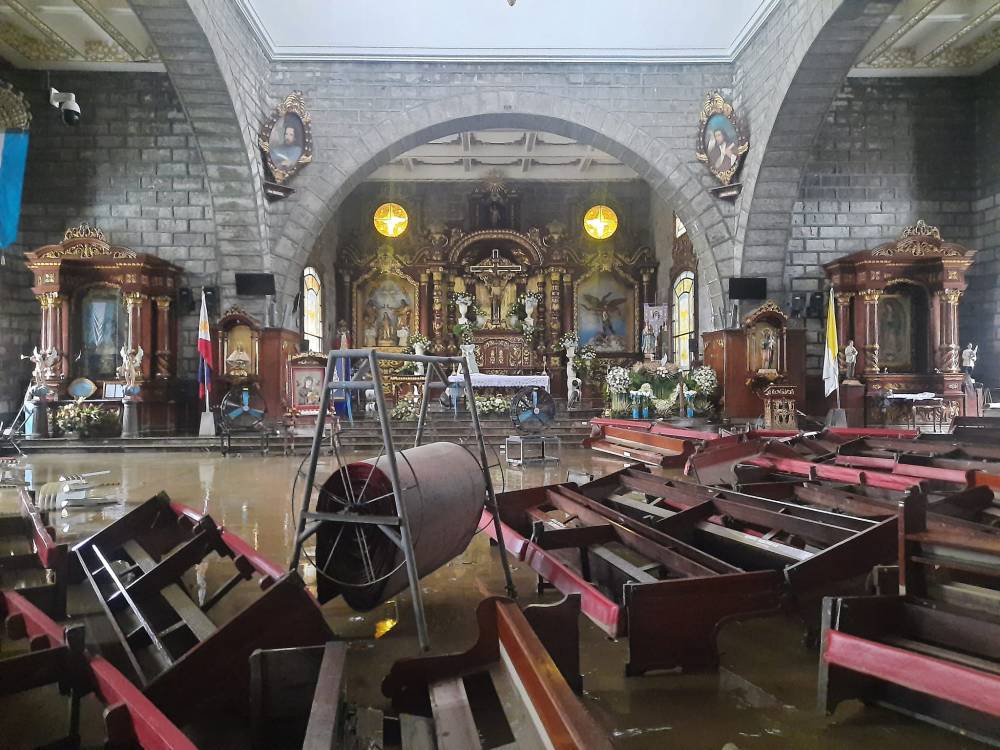
Both are located almost along the Meycauayan and Marilao rivers, whose banks broke at the height of Carina’s onslaught.
Together with the churches, also affected were their adjacent heritage cemeteries, all presumed important cultural properties (PICPs) under the heritage law.
In Bulacan, likewise affected by floods in varying degrees were the churches of Malolos, Barasoain, Obando, Bocaue, Balagtas, Guiguinto and Hagonoy.
The Malolos Cathedral and the Barasoain Church are declared National Historical Landmarks (NHL), while the others mentioned are PICPs.
In neighboring Pampanga, affected were the San Fernando Cathedral, an important cultural property (ICP), and the churches of Lubao, Guagua, Masantol and Sta. Rita, all PICPs.
Manila
The nation’s capital has the most declared properties affected by the floodwaters.
These include the San Agustin church complex with the San Agustin Museum, a World Heritage Site; Intramuros with its walls declared a national cultural treasure (NCT); and the perennially affected University of Santo Tomas campus (NCT, NHL) and the Philippine General Hospital compound, whose heritage buildings and front lawns are NCTs.

Also affected are the Metropolitan Theater (NHL, NCT), Manila City Hall (ICP), the National Museum of Anthropology (NCT), Luneta, and Kalaw areas with their heritage sites and buildings, the De La Salle University main building (ICP), Rizal Memorial Coliseum (ICP, NHL) and Rizal Memorial Sports Stadium (ICP, NHL).
In the Camanava area, hit by flooding were the Malabon Church complex (ICP), a number of heritage houses in Malabon (PICPs), and the Polo Church and its Spanish-era ruins in Valenzuela (PICP).

Although there was no major damage to these structures, proactive planning against floods, which should include emergency and flood crisis management, need to be crafted to address extreme weather, said conservation architect Gerard Lico.
“Heavy rainfall is a difficult challenge for historic buildings whose aged gutters, downpipes, and drains cannot cope with the increased volume of water; as such, this trend of escalating rainfall poses a major threat to heritage structures and sites, especially since water-induced damage may be irreversible,” he said. “We have to devise ways to deflect floodwaters through landscape elements and trenching.”
Lico also said that “simply keeping channels for drainage clear and well-maintained makes all the difference in how water will interact with the structure.”
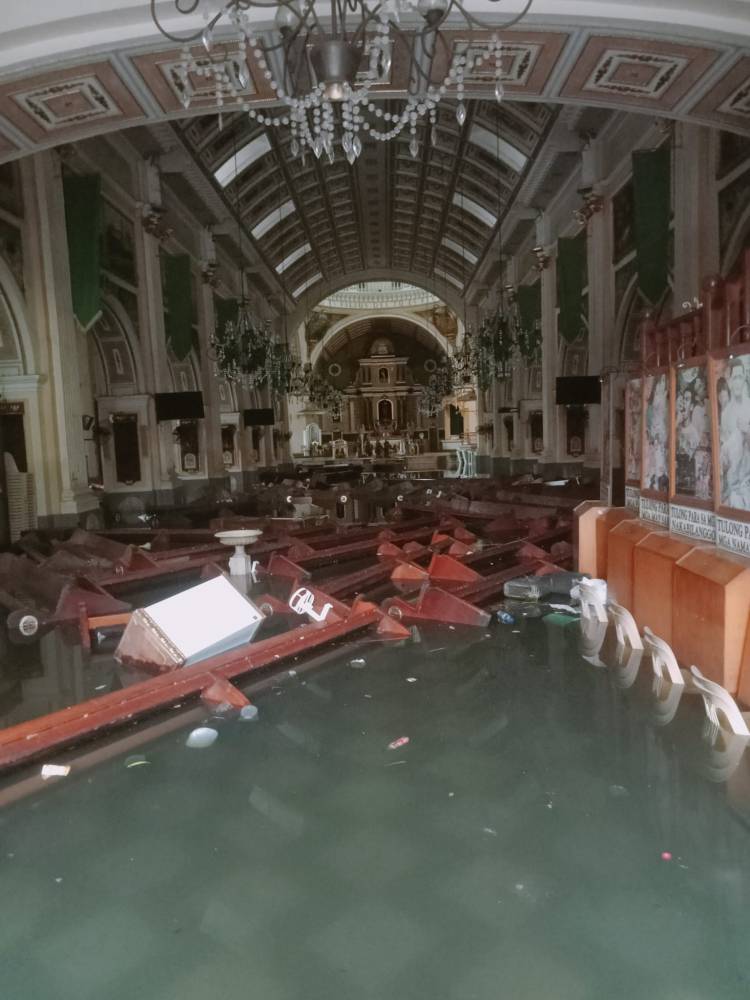
Flood protection
In a study on floods and cultural heritage, Serbians Ana Momcilovic Petronijevic and Predrag Petronijevic noted that in flood events, “the rehabilitation of homes and the return of their residents are undoubtedly the primary issues, but we should not be neglecting the assets that are testimonies of the past, either.”
These structures are subject to structural damage and biodegradation, so “their protection and subsequent damage repairs and restoration should be clearly defined.”
For this, sustainable flood risk management, which includes well-maintained watercourses and temporary flood barriers such as sandbags, should be well-planned and well-crafted.
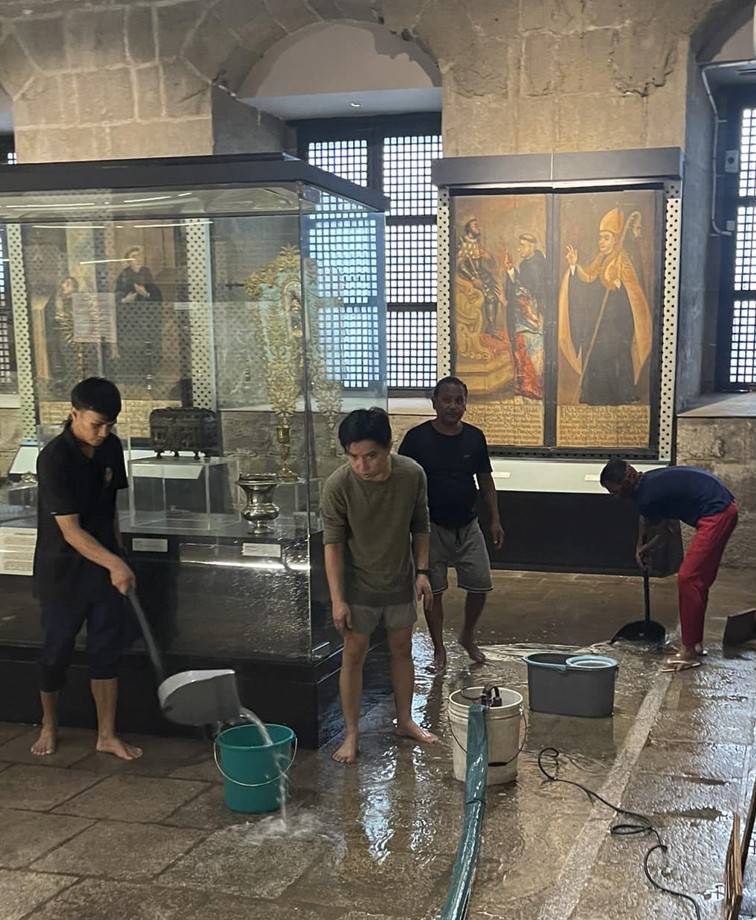
In terms of permanent protection, they suggested the construction of fences, walls and drainage canals, given that there are no archaeological remains and historical objects present in a heritage building’s immediate environment.
But “such barriers should be carefully designed regarding their dimensions, since they significantly affect the appearance of the environment.”
“Flood damages cannot be altogether eliminated, but the aim is to reduce the deleterious consequences and to adapt to flood risk,” they added.
Author’s note: Mentioned here are just some of heritage structures affected by flooding. Many heritage properties in many areas, such as houses and parks, were also affected, although damage is generally seen as not severe.

















